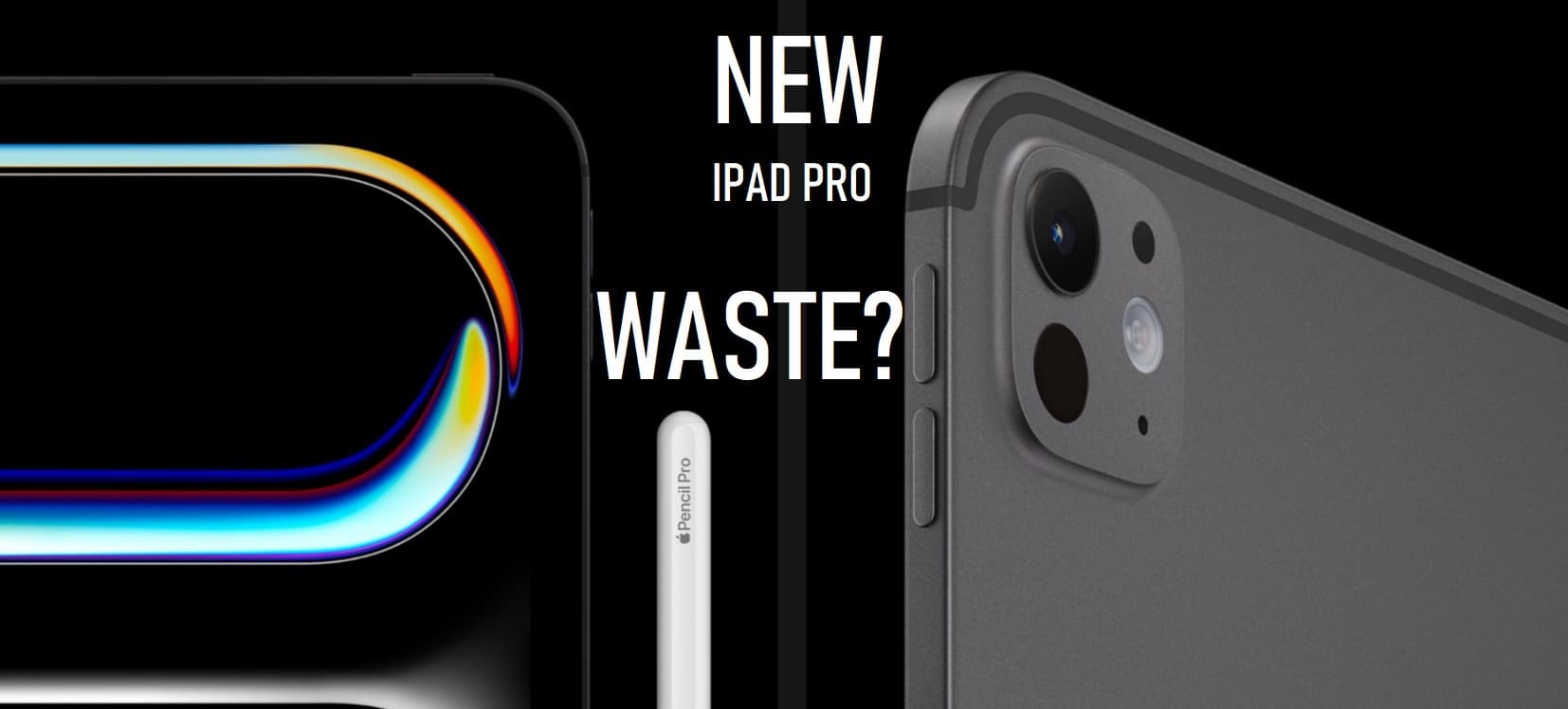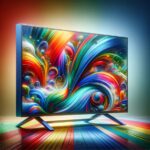Key Takeaway: The nanotexture glass on the latest iPad Pro models offers improved usability and reduced glare compared to standard glossy displays, making it a compelling option for users in diverse environments. However, its availability only on higher storage models may deter budget-conscious buyers.
Curious about the new iPad Pro’s nanotexture glass? Wondering if it’s worth the upgrade? Let’s dive into the details and explore whether this feature lives up to the hype.
The Sensation of Nanotexture Glass
Surprising Texture
Contrary to expectations, the nanotexture display isn’t scratchy or rough. Instead, it boasts a soft, smooth texture reminiscent of the back glass on certain smartphones. This unexpected tactile experience enhances usability and makes navigating the screen a pleasure.
Enhanced Usability
The nanotexture glass offers more than just a unique feel—it also improves usability. Fingerprints and smudges are less prominent, allowing for smoother swiping and scrolling. Additionally, the Apple Pencil glides effortlessly on the surface, enhancing the experience of writing and drawing.
Comparing Nanotexture vs. Standard Glass
Glare Reduction
One of the standout benefits of nanotexture glass is its glare reduction capability. In environments with challenging lighting conditions, such as bright overhead lights or sunlight streaming through windows, the nanotexture glass minimizes reflections, providing a clearer view of the screen content.
Image Quality
While the nanotexture display maintains excellent image quality in most scenarios, it may exhibit a slight loss of contrast and sharpness compared to standard glossy displays, particularly in well-lit environments. However, the difference is minimal and may not be noticeable to the average user.
Versatility
The nanotexture glass excels in unpredictable lighting conditions, making it ideal for users who frequently move between indoor and outdoor settings. Its ability to diffuse light evenly ensures a consistent viewing experience, even in challenging environments with varying ambient brightness.
Making the Decision: Nanotexture or Standard Glass?
Use Case Considerations
- Nanotexture Glass: Ideal for users who prioritize usability and glare reduction, especially in diverse environments with challenging lighting conditions.
- Standard Glass: Suitable for users who prioritize image quality and sharpness in controlled indoor environments with minimal glare.
Budget Constraints
Unfortunately, the nanotexture glass is only available on higher storage models, which may deter budget-conscious buyers. While the enhanced usability and glare reduction are enticing, the price increase for these models may not be justifiable for some users.
Conclusion: Is it Worth it?
In conclusion, the decision to opt for the nanotexture glass ultimately depends on individual preferences and priorities. If you value enhanced usability and glare reduction, especially in varied environments, the nanotexture glass may be worth the investment. However, if you prioritize image quality and sharpness in controlled indoor settings and are mindful of budget constraints, the standard glass remains a viable option.
Final Thoughts: While the nanotexture glass represents a significant advancement in display technology, its availability on higher storage models may limit its accessibility to a broader audience. Nevertheless, for users who demand superior usability and glare reduction, the nanotexture glass offers a compelling solution to enhance the iPad Pro experience.














